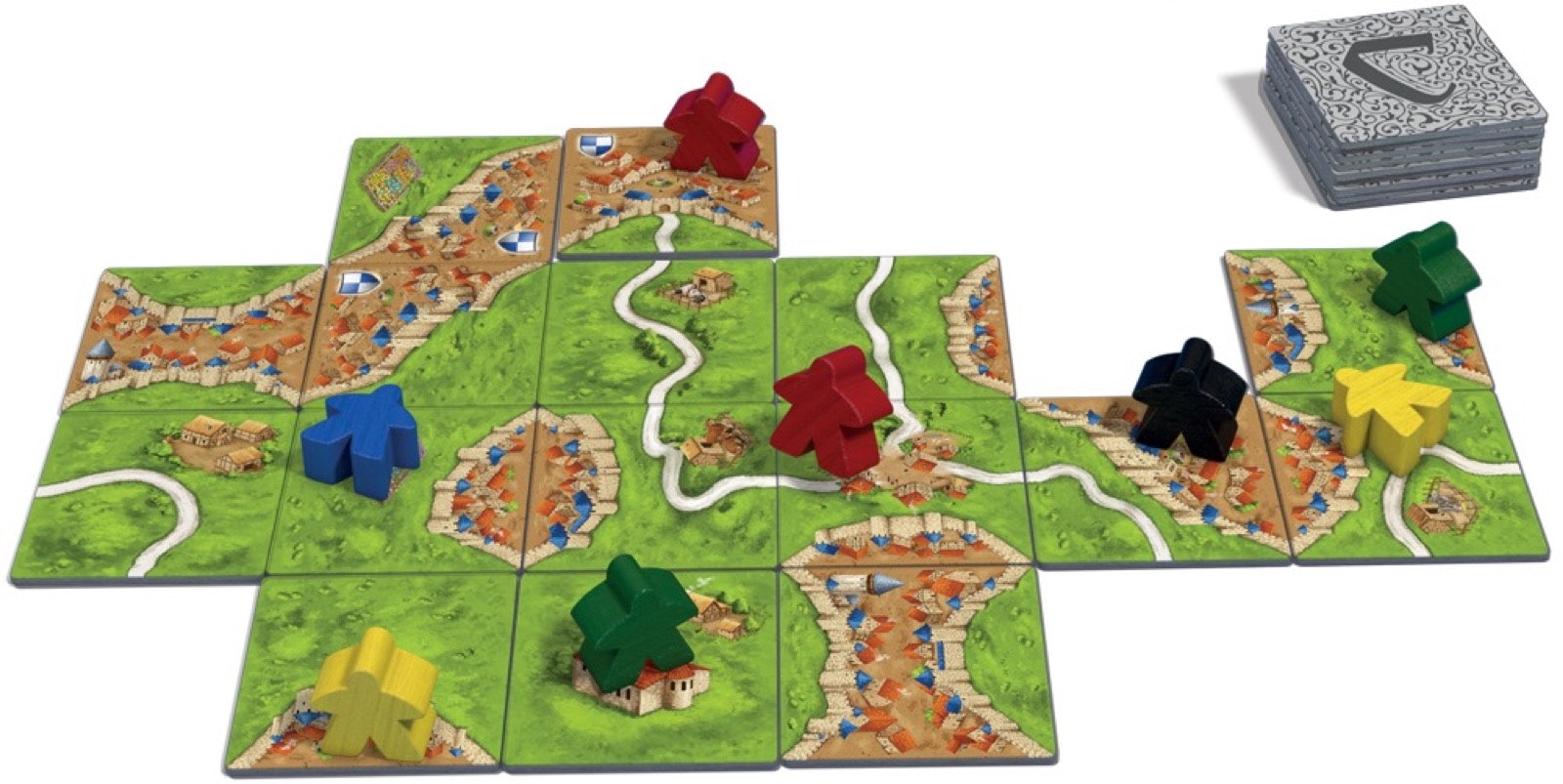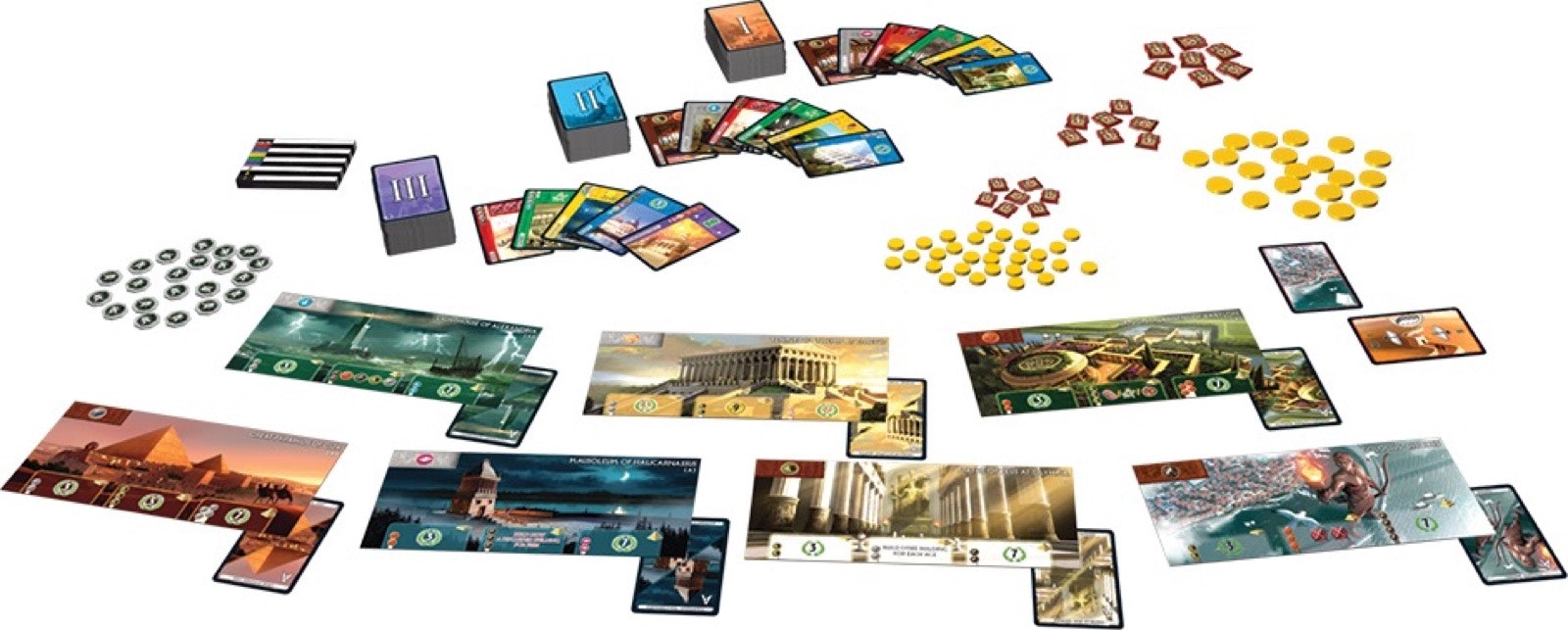
The 30 best countries, cities and regions to visit in 2025

Tokaido © Funforge
You’ve got a copy of Risk or Sorry! collecting dust on a shelf. Or maybe last Christmas’ annual game of Monopoly led to tears and slammed doors. But we’re here to tell you – the board game industry is in the midst of a full-fledged golden age, with innovative gameplay systems, polished production values and star designers.
Here are some of our favorite modern classics for people who love travel – all are based on real places around the world. Each of these provides a level of depth you can’t find in a simple ‘roll-and-move’ game, but they aren’t rules-heavy or intimidating for first-timers. They’re known as ‘gateway’ games, so step through one and explore.

The Tōkaidō road of Japan’s Edo period was a seaside route between Kyoto and Edo (modern-day Tokyo). In this gorgeous game players are travelers walking from one city to the other, in search of the most fulfilling journey. You must decide whether you want to focus on seeing beautiful landscapes, collecting souvenirs, having encounters with locals, relaxing in the hot springs, visiting temples or eating the most delicious meals.
The traveler who is furthest back always has the next move. You can jump ahead to make sure you don’t get blocked from an activity but if you do, you’ll be stuck for a while. Despite the tricky decisions to make, this is a zen-like game with stunning watercolor-style artwork in a minimalist white aesthetic.
Designed by Antoine Bauza; 2-5 players; 45 minutes; Age: 8+; Buy it on Amazon

With more than 6 million copies sold, this modern classic is quickly becoming as ubiquitous as Battleship or Clue. Players take on the role of railroad barons, laying down train tracks between cities to build the most extensive, or most efficient, network of stations. Collect sets of cards to claim routes – the longer the route the more points it’s worth. Just make sure to connect the cities listed on your tickets before the end of the game, or you’ll lose points instead of gaining them.
The original Ticket to Ride is played on a map of the United States. But there are many different expansions, with new maps and game tactics to explore. From the Nordic Countries to the Heart of Africa, there’s a map for whichever part of the world interests you. For our taste, the stand-alone Ticket to Ride: Europe is the best combination of gameplay and travel theme.
Designed by Alan R. Moon; 2-5 players; 30-60 minutes; Age: 8+; Buy it on Amazon

This classic introduced the ‘one-against-many’ system that has become a modern board game staple. One player is Mister X, a criminal mastermind on the loose in London. All the other players work together as detectives, trying to corner Mister X. But it’s not as easy as it sounds – Mister X spends most of the game in hiding, and only shows himself on rare occasions.
The board for Scotland Yard is a map of London, with short taxi routes, longer bus routes and huge underground routes connecting spots all over the city. Detectives must communicate, use logic, and spend their transport tickets wisely in order to put the cuffs on Mister X. It’s a high-pressure thrill for detective and criminal alike, and even highlights some of London’s most iconic landmarks.
3-6 players; 45 minutes; Age: 10+; Buy it on Amazon

Carcassonne is a city in southern France with a fortified citadel dating back to the Gallo-Roman period. It was a key strategic point between the Atlantic and Mediterranean for centuries. In this award-winner, players take turns laying tiles with bits of roads, walled towns, fields and cloisters on them. When you place a tile, it must match up with the tiles on every side. You may also choose to put your own colored ‘meeple’ on a tile you place – once a feature is completed, any meeples on those tiles score points for the players who placed them.
As the tiled play area gets bigger and bigger, the extent of the region and its connecting roads becomes more and more impressive. And once you’ve mastered the base game, there are dozens of expansions to add everything from rivers to bazaars.
Designed by Klaus-Jürgen Wrede; 2-5 players; 30-45 minutes; Age: 8+; Buy it on Amazon

The Pyramids of Giza; The Colossus of Rhodes; The Lighthouse of Alexandria – these were some of the real-life wonders of the ancient world. Take control of one of these regions and decide how you want to build your city. Will you put your resources toward building your wonder and other civic structures? Maybe you want your city to be known for its scientific discoveries. Or perhaps you will invite commerce – or war – with your neighbors.
At the beginning of each “age,” or round, everyone will have a hand of seven cards. You’ll choose one to add to your city, then pass the rest to your neighbor. Once you receive your new cards, you’ll do it all over again until all cards have been put into play. After three ages, points are scored in many different ways, depending on what kind of city you have built.
Designed by Antoine Bauza; 3-7 players; 30 minutes; Age: 10+; Buy it on Amazon

If you’re just dying to chuck some dice, this gorgeously illustrated buccaneer adventure is a more strategic spin on the old roll-and-move system. Race around the island of Jamaica as one of several real-life pirates of the Caribbean. Along the way feel free to steal some treasure and battle your opponents.
You only have a few holds in your ship’s hull for food for your crew, gunpowder for your cannons and those all-important doubloons, so you’ll have to decide what to keep and what to throw overboard. Because it’s not only about who finishes the race first, it’s about who has the most gold when they do.
Designed by Malcolm Braff, Bruno Cathala and Sébastien Pauchon; 2-6 players; 30-60 minutes; Age: 8+; Buy it on Amazon